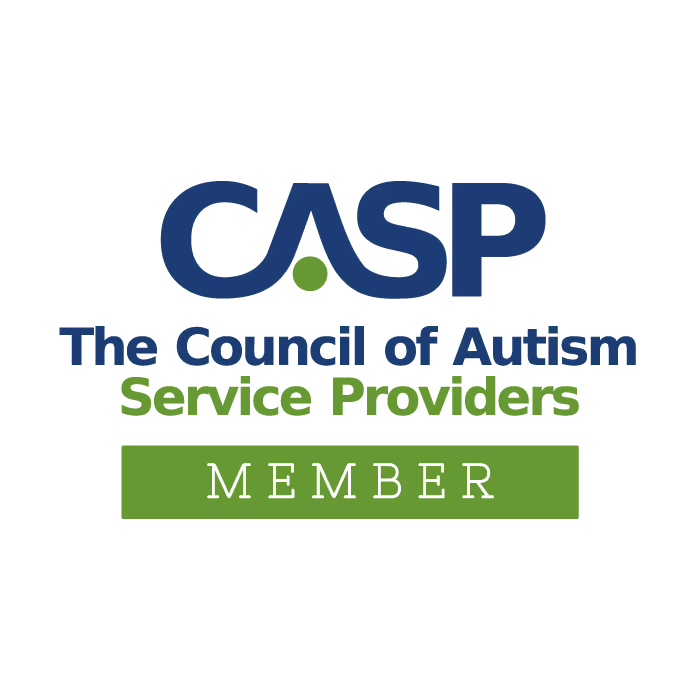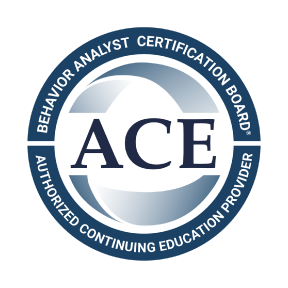I am sure many of you have either seen or used an exercise ball before, whether at your child’s therapy appointment or at your own session at the gym! Exercise balls are a simple and easy piece of “equipment” for you and your child to use at home in a variety of ways. Exercise balls help to strengthen the muscles; and increase endurance, motor planning, body awareness, and postural control. Exercise balls come in multiple colors and sizes, and really help to challenge balance and multi-tasking of the whole body.
1. Seated at the kitchen table
Have your child sit on an exercise ball during mealtime or homework time; make sure that your child’s feet are flat on the floor, with knees bent to 90 degrees, approximately hip-width apart; and remind your child to keep a tall posture with the shoulders relaxed and down, rather than rounded forward.
2. Seated on ball during television shows or video games
Have your child sit on an exercise ball while attending to a favorite television show/movie or while playing a video game, rather than lounging on the couch. Make sure your child is a reasonable distance from the television and furniture, and has a clear area around the ball in case balance is lost.
3. Standing back to back with a partner:
Have your child work on trunk rotation, visual skills, and timing by standing with a partner with their backs facing towards one another, a few feet apart; work on passing a ball from left to right, and then right to left. The larger the exercise ball, the harder this activity will be, as more upper body and trunk strength will be required.
4. Standing overhead ball reaches
Have your child stand hip-width apart while holding the exercise ball in his/her hands, tapping the exercise ball to the ground directly in front of feet, and then lifting the ball overhead towards the sky. Make sure to engage the abdominals by keeping them tight (e.g. as if someone was going to punch you in the stomach), which will also help to protect the back.
5. Inverted (upside down)
Have your child select a favorite board game, or use beanbags or other items to pick-up, while seated on the exercise ball. Place the game pieces or beanbags behind your child to retrieve. Slowly roll your child forward by holding onto his legs and have him get into an upside down position with head tipped over the exercise ball. Then have your child reach overhead with both arms for the game pieces or beanbags and return to a seated position in a slow and controlled manner, using the abdominals rather than momentum.
6. Prone (on stomach) for nose touches
Have you child lay his stomach over the exercise ball with feet on the floor spread more than shoulder width apart behind the ball and hands placed behind the head; lean forward touching your nose to the exercise ball (or as close as you can get) and then bring yourself back up, focusing on keeping your back straight, making a line with your entire body.
7. Prone (on stomach) for contralateral (opposing) limb extensions
Have your child lay on his stomach over the exercise ball with hands and feet touching the floor; next extend the right arm and left leg while keeping the other two limbs lightly resting on the ground for support; hold for 5-10+ seconds and then switch to left arm and right leg.
8. Supine (on back) for ball passes
Have your child lay down on his back on the floor or on top of a blanket or mat; place the exercise ball between feet, making sure to squeeze the exercise ball tightly with feet and legs and lower legs to floor; next raise legs off floor, above the torso, and grab the ball with hands; lastly lower legs together slowly and reach exercise ball overhead with arms. Do as many reps as possible in a slow and controlled pattern.
9. Supine (on back) for hip bridges
Have your child lay down on his back on the floor or on top of a blanket or mat; place heels on top of the exercise ball, with arms on the floor next to torso; next, raise hips and torso off of the floor and either hold as a static position for approximately 5-10+ seconds, or do repetitions by lowering the hips about an inch or two above the floor and then back to the sky again.
10. 4 point position (hands/knees) for child’s pose stretch
Have your child get into a hands and knees (puppy dog) position on the floor with the exercise ball directly in front of body; next lower hips/bottom towards heels and place arms on top of exercise ball to stretch forward overhead on the floor while lowering the head towards the floor as well.














